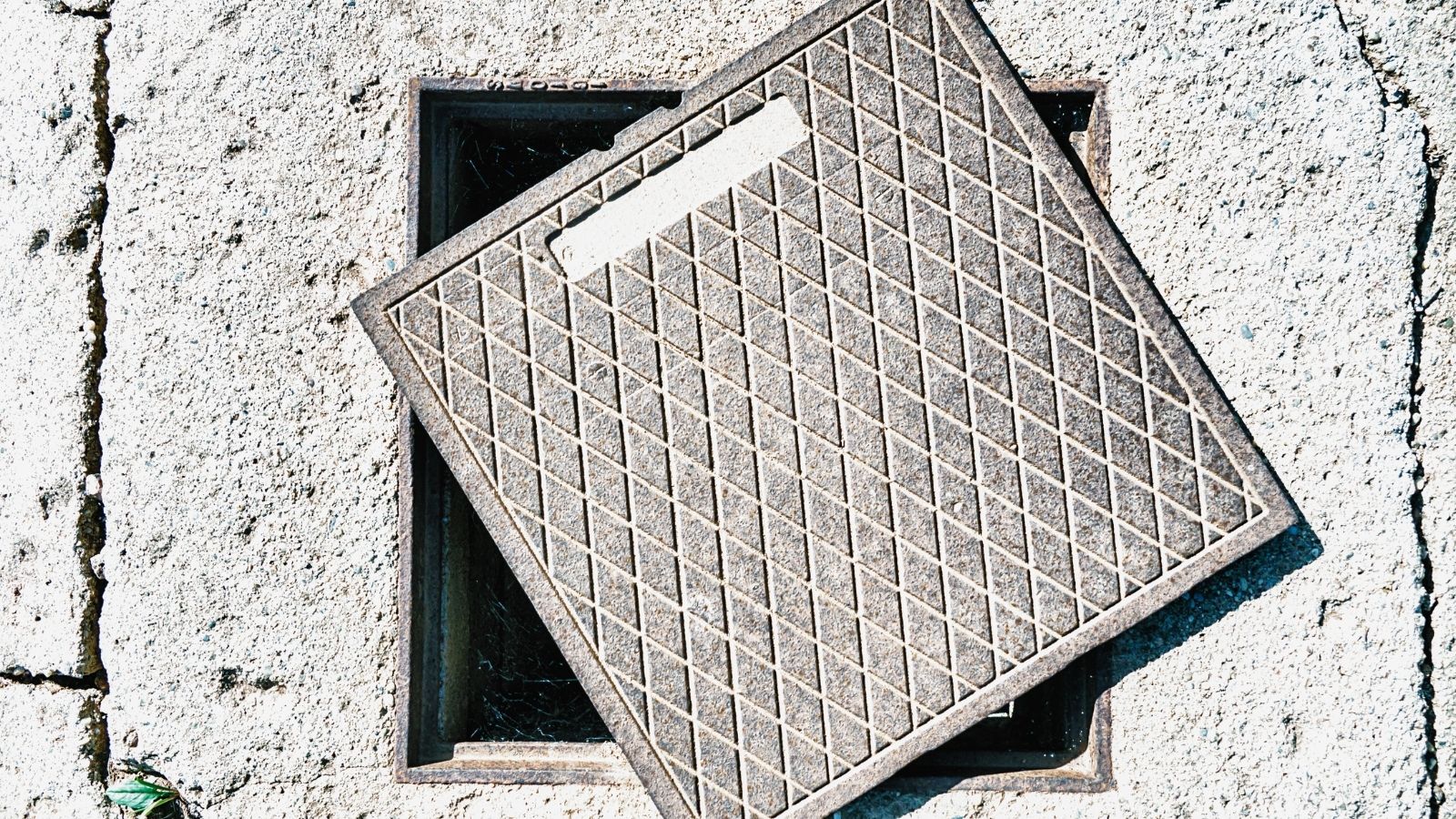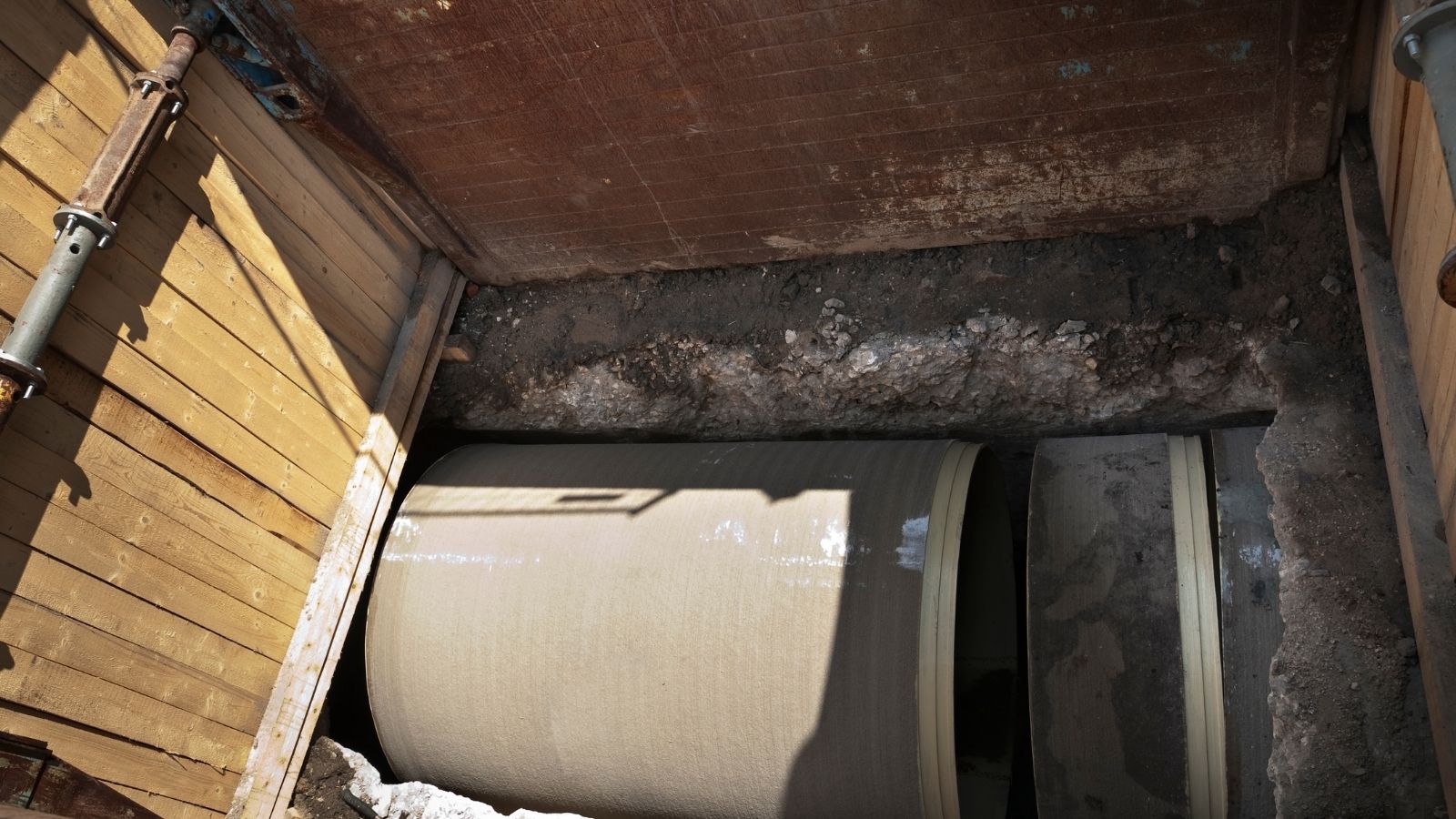This is a common occurrence with anyone who owns a property: you are going by your business, and one fine day a pipe bursts. It is the sudden, unexpected nature of leakages that completely ticks you off, and you hurry to find a solution.
The problems of the sewer are more serious and pressing if left unattended. Sometimes the sewer pipe bursting can affect other lines crossing from the same area. People think that fixing a sewer is a messy job, and that is why they try to delay or avoid it. However, there are other processes available now for sewer repair.

If the problem is with a pipe burst, you need to identify who is responsible for the sewer. If the line passes from your house to the city line, then you are financially responsible for it. If the pipe burst happened past the city main line, then you are not responsible to take care of it. With this, let’s clear the traditional vs. trenchless sewer repair myths:
Traditional Sewer Repair
Traditional method of sewer repair begins with a complete diagnosis of the situation. The professionals will identify some area which is the center of the problem. Then, the repairmen will make an excavation plan to be able to bring the pipe burst to light. Cost is added to each of these functions based on area, complexity, and number of pipes, etc.
Trenchless Sewer Repair
As the name suggests, trenchless sewer repair enables workers to replace a sewer line without forming a large trench. Sewer Repair done in trenchless way is not the same for every property because it is a custom solution. Many trenchless sewer repair projects involve pipe bursting or relining the pipes, depending on your problems. For example, trenchless relining is good for you if your current pipes are minimally damaged.
The plumber will only dig one hole as an access point. A cured-in-place (CIPP) pipe is used for this purpose, which passes along the length of the old pipe and fastens itself. Once the resin is cured, the sewer system is good to use again.
If the pipes in your property are buried deep, then you can consider pipe bursting as an ideal solution. But it is always good to seek professional help. For example, if you reside in Texas, then contacting a Fort Worth sewer repair company can be your best bet for a cost-effective solution.
Types of trenchless sewer repair:
Apart from the CIPP method, here are the other types of trenchless sewer repair:
- Spray lining: this technique is a lot like structural pipe lining. An epoxy or polymer, which is flexible in nature is brushed inside the damaged pipe.
- Pipe bursting: it is used to repair a damaged pipe by pulling a brand new pipe into the old pipe. The old pipe breaks, and a new one takes its place.
- Slip lining: this method goes all the way back to the 1940s and includes putting a pipe with a small diameter into the damaged pipe and filling the remaining area with grout.
The difference between trenchless and traditional sewer repair
Traditional sewer repair processes are pretty invasive and cause much distress to the homeowner. Moreover, these methods are costly. Excavation requires heavy machinery and the fear of toppling over things on your property. Not to mention the piles of dirt, debris, and the smell of sewer water that lingers for days.
Then when the problem is finally solved, you are met with the cost of putting everything back again. Moreover, conventional sewer repair processes take three times as long to finish.

As long as we had ways to fix our sewers with traditional ways, it was acceptable. But today, the trenchless process of repair has changed the game. Why opt for more time, money, and trouble when there is an easy way to do it?
Trenchless sewer repair champions on the fact that it is minimally invasive. Excavation is not as large as traditional methods, and it takes very little time to finish the repair. Using trenchless methods of repair may seem like an expensive option until you do the math and add all costs of traditional repair. You may lead to damage any part of your property to get to the burst pipes in traditional methods. In trenchless repair, you just identify an entry point, and the job is done.
Repairing sewers with trenchless methods is an easy, and effective way for property owners. If you are wondering why everyone has not switched to trenchless repair, it is because this repair does not apply to everyone.
Lastly, the life span of materials used in trenchless repair can go from 50 to 100 years! So trenchless is not just a quick fix of the problem, it is a long-lasting method of dealing with sewer issues.
Last word
Just as other fields of life are improving with technology, sewer repairs also faced a dramatic shift with trenchless methods. The reliability and efficiency of this new method is unmatched. As a homeowner, we hope you can make the right choice after reading the difference between these two methods of sewer repair.



